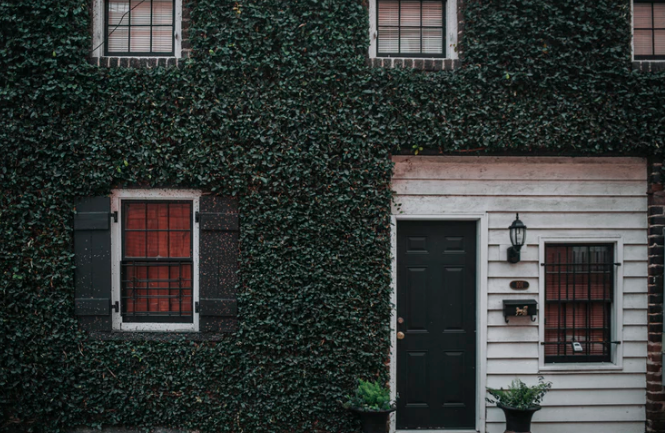Insulating your home in the proper manner, you should always ensure that you do so going from the roof area all the way down to the foundation of the home itself. Additionally, you will also want to keep two other factors in consideration:
*Moisture
*Air leakage control
Furthermore, if you live in an area where termites are prevalent, it’s also a good idea to consider investing in protection against these types of pests, as well as how that protection will affect the type of insulation you choose for your home and the placement of it.
Here are three of the best areas of your home in which to consider placing insulation.
Ducts
Any ducts in your home that are located in unconditioned spaces should be immediately sealed and insulated. In the event that you may be constructing a new home, then the ducts should be placed in conditioned spaces. This will enable you to prevent any and all energy losses that are common with many duct systems that are commonly found in most homes.
Foundation
When you take the time to properly insulate your home’s foundation, not only will you be helping to reduce the heating costs of your home itself, but you will also be working to ensure that any below-grade rooms are kept at a comfortable enough temperature and condition as well. Whenever a newer home is built, the exterior foundation walls will generally be insulated prior to any backfilling taking place. While this is something that’s possible for already-existing homes, it is typically not recommended due to the process being both disruptive and impractical in nature.
Crawlspace
Insulating a crawlspace will depend on whether this specific area is either ventilated or unventilated. According to most building codes, you will be required to have vents in order to help with removing moisture from the crawlspace itself. On the other hand, most building professionals note that constructing an unventilated crawlspace is generally the most acceptable option in any home as long as proper moisture control and exterior drainage techniques are used. If an unventilated crawlspace will be used, you will want to take the time to both seal and insulate the walls of the foundation instead of the floor that’s between the home and the crawlspace. By doing this, you will be helping to keep the ductwork and piping from needing insulation for either energy efficiency or protection against freezing.
Thank you for visiting the On the Go Heating and Cooling blog, an El Paso heating and cooling company. If your air conditioner will not turn on in Las Cruces contact us to get it fixed!

